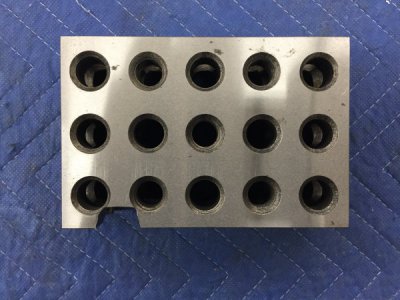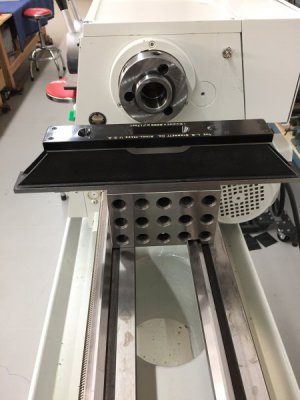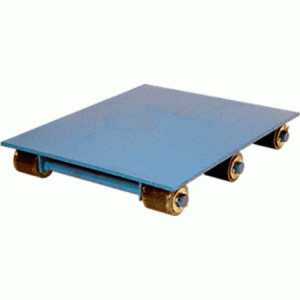- Joined
- Dec 7, 2018
- Messages
- 653
Thinking about the differences in our lathes, I have the 1440GS from PM got me wondering why I couldnt do something very similar yet a bit different. I thought about getting a couple of plates made up, 1" thick (I have a friend that has a fabrication shop and they can cut up to 3" thick steel among their many toys). Not sure why I couldnt use a similar approach where I put the PM leveling pads that I got with my lathe on the 1" steel plates with 4 casters each. The 1440GS weighs 1800 pounds. I put a carpenters level down on the floor and the floor forward and backwards (to the wall and away from the wall) is fairly consistent in terms of levelness. I think I would be concerned about the lathe "walking off the steel plates" if the floor wasnt fairly sloped the same. Your thoughts on my thoughts and my approach?




 I'm always looking for a better way to do something!
I'm always looking for a better way to do something!